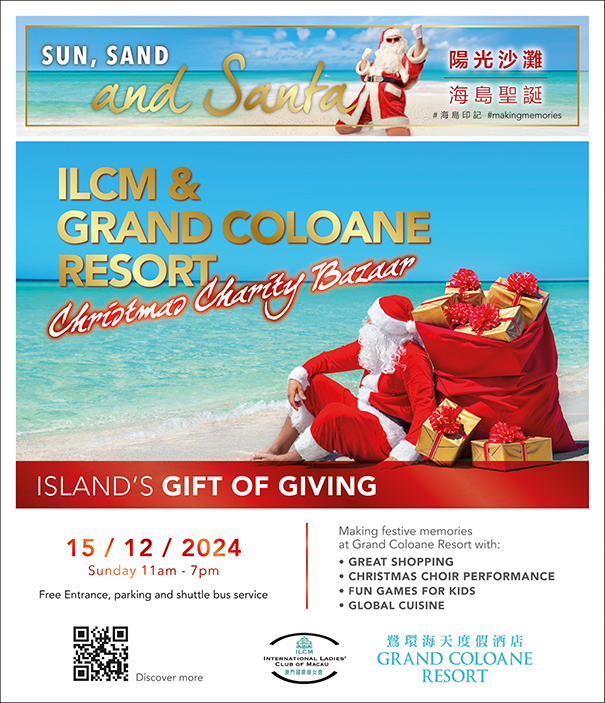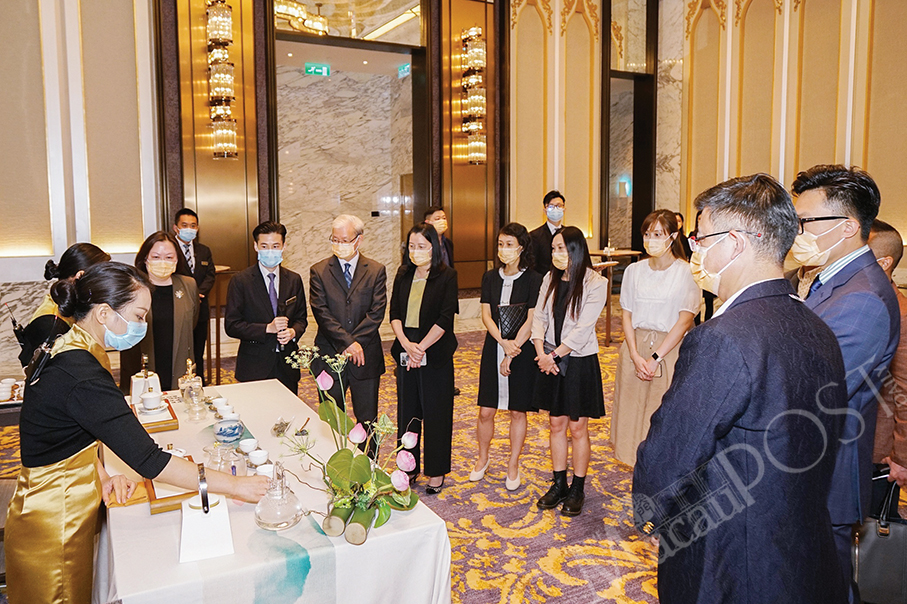Commentary by José Alvares*
I cannot deny our first reaction when arriving in Shenzhen, where we had not been for a while given the pandemic, was one of frustration – we were told the local municipality circulated a list with levels of risks depending on the region in China from where people were coming from, leaving it up to the lodging establishments to decide which ones to accept. Even some of the most high-end hotel operators were not taking any risks and only accepting individuals coming from zero risk areas, which was not the case of Macau given the recent four cases of COVID-19 infection in the community.
Fortunately, we did manage to find a more accommodating host, but by the time we were done with this process, there were hardly any places open given the “recommendation” by local authorities that restaurants and bars close by 10 at night. Despite having no local transmissions, the city was in somewhat high alert and the streets looked as if there had been a massive evacuation with no time to turn off the lights – fortunately, that memorable part of the city was well on display, but all else seemed cold, in a shivering reminder of the effects of this pandemic on the economy and people’s livelihoods.
When the dust settled (around the time Macau had confirmed there were no positive cases from the city-wide testing), the vitality that I have come to associate the city with sprung back to life and I was lucky enough to yet again witness the sheer might of progress. While my father always taught me that phones are not allowed at the dinner table, here the use of the same is actually done in a very positive way and everything revolves around them. For those like myself, naive enough to trust those collecting the data (and that you do not stray beyond the legal ways), embracing this convenience is a must – but there is also a geeky intellectual side to it.
There was hardly any place other than fancy restaurants that had a paper menu – one scans the QR code, choses from the menu and pays with any digital wallet app. There is hardly any interaction with the staff other than asking for that extra ketchup sauce at McDonald’s – I have always been concerned with such a reduction of manpower in favour of automatisation, but with the right policies I believe this progress can be shared (I will get to that later).
When it comes to travel, the array of options leaves one taking more time to decide how to go rather than the journey itself. Didi-like cars are everywhere and at most affordable rates – and if you’re going further, you can always share the cost with those going to your same destination. Being concerned with ticketing is also no longer an issue, with AliPay issuing the appropriate QR payment code to whichever city in mainland China you travel to (I tried, it is impressive). And if you are looking to exercise, avail yourself of the thousands of bikes scattered around the city – just watch out for the food delivery workers, as they rush to serve hungry customers 24/7 who benefit from the never-ending cuisine alternatives in Meituan. Cash? No chance, better make sure WeChat Pay is working as even with street vendors paper money is alien.
What really excited me this time around was the community, especially given I no longer felt being seen as a fish out of water – if that was more of an internal change rather an external one could be debatable, but I do feel there is an increased diverse and global environment. In many ways, I feel the city has drawn on the successful multicultural experience of Hong Kong, while trailing its own vibe.
I could not end with some historical context as it is the reason I find this city so impressive. Before being turned into a Special Economic Zone, a policy attributed to Deng Xiaoping, Shenzhen was not even considered a sub-provincial city – it took considerable investment and a lot of experiments (for instance, did you know they even considered a different currency?). And while many associate the city with a tech hub, Shenzhen actually has a rather diversified economy, serving as the headquarters of many companies in the region and in China beyond the technology realm – aside from the traditional manufacturing and also finance, the city has the world’s fourth busiest container port.
This is especially interesting as we see massive investment being made in Macau’s neighbouring island of Hengqin and cannot help throw that sceptic eye. One thing is certain, here in the Chinese mainland where there is a will, there is a way, and I can see a lot of semblances on these very early steps herein and the bright future that Shenzhen can expect to witness. I do have to caution though that for foreigners it is not as smooth as I painted it to be as there are language barriers and issues surrounding the use of the apps – anyway, there is always room for improvement.
* A founding partner of CA Lawyers





